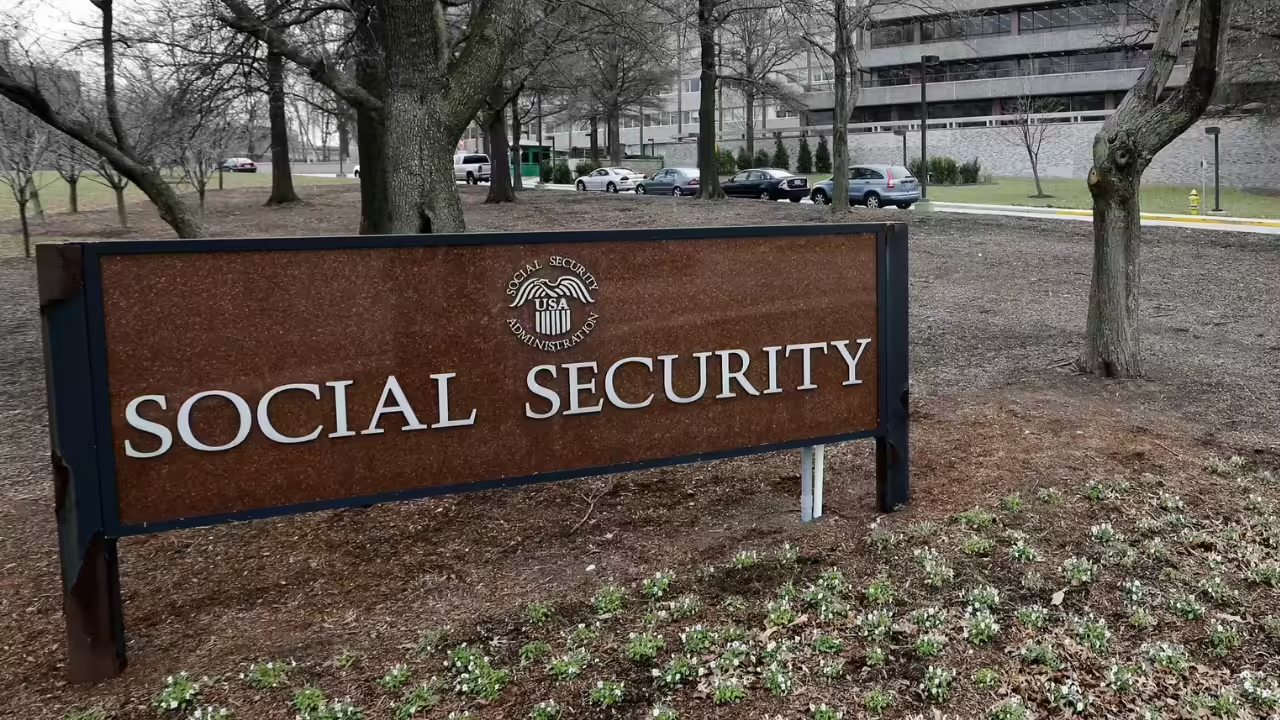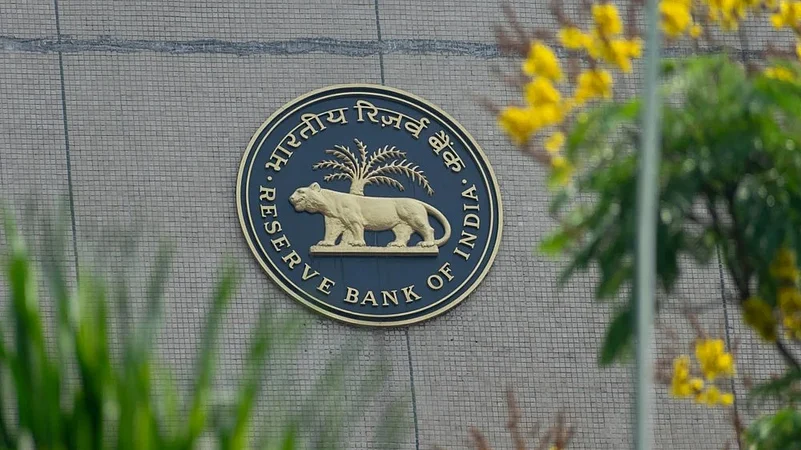Now Reading: Social Security Benefits to Rise 2.8% in 2026, Retirees See $56 Monthly Boost
-
01
Social Security Benefits to Rise 2.8% in 2026, Retirees See $56 Monthly Boost
Social Security Benefits to Rise 2.8% in 2026, Retirees See $56 Monthly Boost

The U.S. Social Security Administration announced a 2.8% increase in benefits for 2026, providing retirees with an average monthly boost of $56. This adjustment reflects moderating inflation and aims to maintain financial stability for nearly 71 million recipients. Despite the increase, many seniors worry it will not be enough to cover rising living costs, highlighting ongoing concerns about retirement security.
Details of the Increase
The cost-of-living adjustment (COLA) will take effect in January 2026 for Social Security beneficiaries, while Supplemental Security Income recipients will see higher payments from December 31. This follows a series of previous increases, including 2.5% in 2025 and 3.2% in 2024, after a historic 8.7% jump in 2023 due to record-high inflation.
Funding and Administration
The COLA is funded through payroll taxes collected from workers and employers, with the annual salary cap rising from $176,100 in 2025 to $184,500 in 2026. The administration emphasizes that these adjustments help benefits keep pace with economic realities and provide a stable financial foundation for retirees.
Perspectives from Seniors
Polling indicates that many older Americans feel the increase is insufficient to meet rising costs of housing, healthcare, and daily expenses. While the adjustment provides some relief, it also highlights the ongoing challenge of ensuring adequate retirement income in an era of fluctuating inflation.
Conclusion
The 2.8% boost in Social Security benefits offers a modest financial lift for retirees, reflecting government efforts to address cost-of-living concerns. For people in Tier 2 cities and smaller communities, such incremental adjustments are vital in supporting older adults who rely heavily on these benefits for their daily needs and financial security.

























